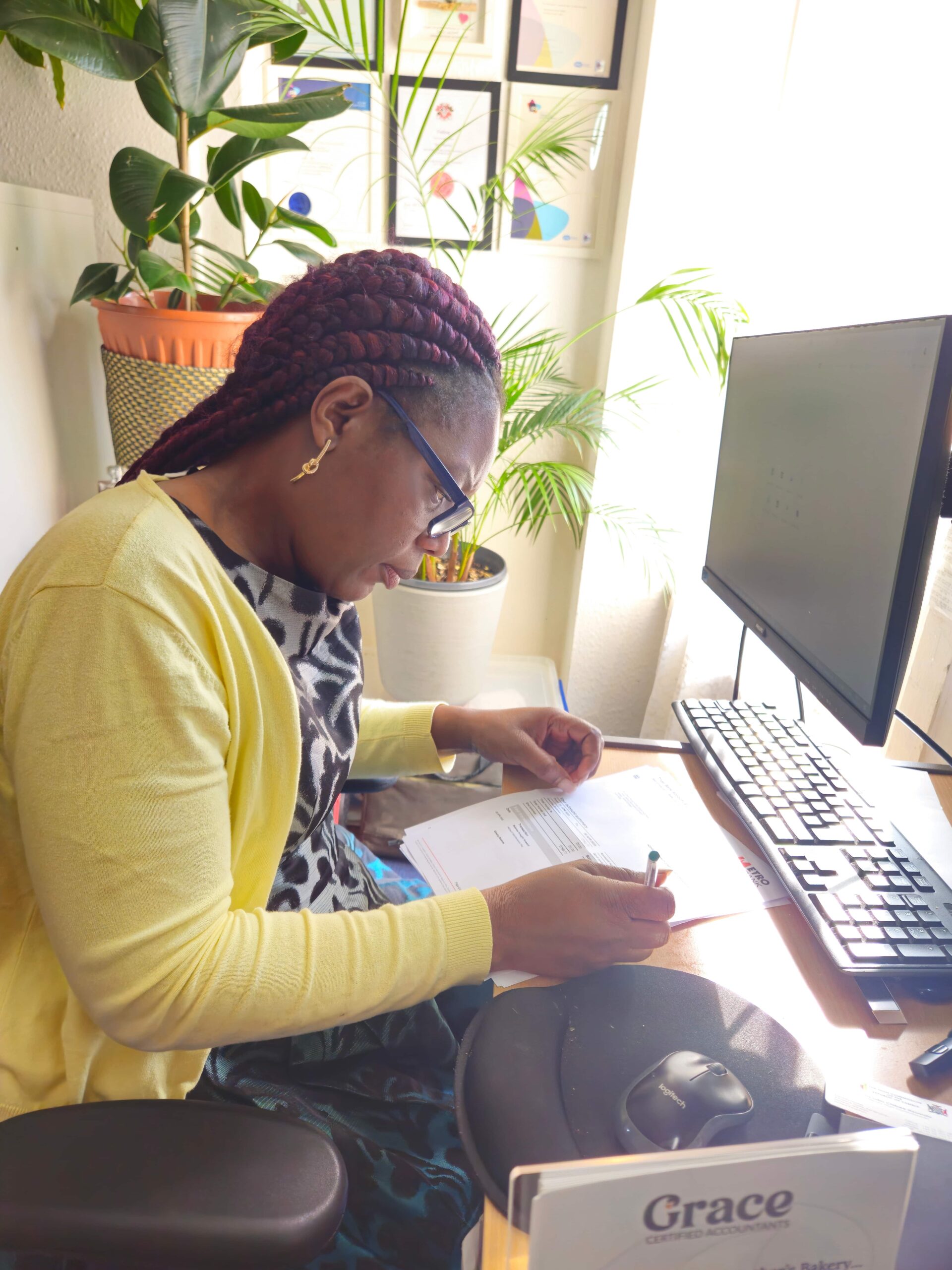From April 2026, the way Self-Employed individuals report their income to HM Revenue & Customs (HMRC) will change significantly. This is due to the Making Tax Digital (MTD) for Income Tax initiative, which will apply to you as a Self-Employed person, so it’s crucial to understand both what this means for you and how to prepare.
What is Making Tax Digital for Income Tax?
Making Tax Digital (MTD) is a Government initiative designed to modernise the tax system. It requires businesses and Self-Employed individuals to keep digital records and report their income online.
Under MTD for Income Tax, Self-Employed individuals and Landlords will need to:
- Maintain digital records of their income and expenses.
- Use MTD-compatible software to submit quarterly updates to HMRC.
- File an End-of-Period Statement (EOPS) and a Final Declaration each year to confirm their tax liability.
Who Needs to Comply and When?
MTD for Income Tax will be rolled out in phases:
- From 6 April 2026: If your gross income from Self-Employment or Property is over £50,000, you must comply with MTD.
- From 6 April 2027: If your gross income is over £30,000, you’ll need to follow the same process.
If your income is below £30,000, you’re not currently required to sign up. However, the Government is encouraging voluntary participation.
What Will Change for Self-Employed Individuals?
- Quarterly Reporting: Instead of filing one Tax Return per year, you’ll need to submit income and expenses every three months, using MTD-compliant software.
- Use of Digital Software: HMRC will no longer accept manual record-keeping and paper Tax Returns.
- More Frequent Tax Estimations: Since you’ll be submitting updates quarterly, it will give you a better idea of your tax liability throughout the year.
- Final Tax Submission: At the end of the tax year, you’ll submit an End-of-Period Statement (EOPS) and a Final Declaration to confirm your total taxable income.
Steps to Prepare
- Check Your Income Level: You’ll need to determine whether you exceed the £50,000 threshold (£30,000 from 2027).
- Find MTD-Compatible Software: HMRC provides a list of software that meets MTD requirements.
- Start Keeping Digital Records: If you’re not already using an accounting system, now is the time to start the transition.
- Stay Updated: HMRC may provide further guidance and updates, so you’ll need to keep an eye open for new developments.
Benefits of Making Tax Digital
- Fewer Errors: Digital record-keeping reduces the mistakes that can occur with manual data entry.
- Better Financial Planning: Knowing your tax liability in real time helps with budgeting and cash-flow management.
- Simplified Tax Process: Digital submissions make tax reporting easier and more efficient.
Potential Challenges of Making Tax Digital
- Adapting to New Software: You may need an adjustment period for learning to use digital tools.
- Additional Costs: You’ll need to invest in MTD-compliant software, if you don’t already use it.
- Quarterly Reporting: Some Self-Employed individuals may find quarterly updates more demanding than the annual Tax Return process.
Are You Ready for Making Tax Digital?
Making Tax Digital for Income Tax is a significant change, but with proper preparation, you as a Self-Employed individual can comply smoothly. The key is to start transitioning early, choose the right software and embrace the benefits of a more modern tax system.
Related Reading: If you’re new to Making Tax Digital, read our Step by Step Guide for 2026 here: Making Tax Digital – MTD for Income Tax: What You Need to Know Before April 2026
If you need guidance on how to prepare for MTD, feel free to reach out to me here at Grace Certified Accountants, on info@gracecertifiedaccountants.co.uk, for expert advice.
